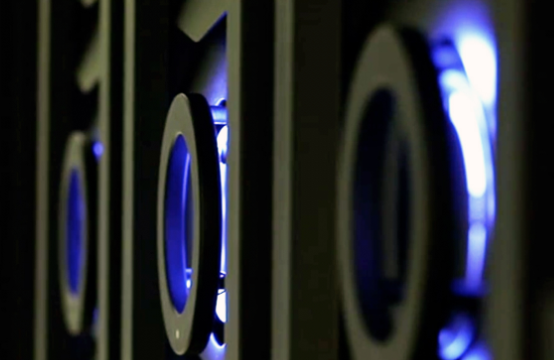
Aug. 14, 2018
By: Michael Feldman
The Zimbabwe Centre for High Performance Computing (ZCHPC) is planning to upgrade its 36-teraflop Inspur cluster with a new system that will deliver over 300 teraflops.
 Supercomputers in Africa are few and far between. The 36-teraflop system at ZCHPC on the campus of the University of Zimbabwe in Harare qualifies as the second most powerful HPC machine on the continent. It was installed in 2015, when the center opened for business. In Africa, the ZCHPC system trails only Lengau, the 1.4-petaflop Dell EMC supercomputer installed at South Africa’s Centre of High Performance Computing (CHPC).
Supercomputers in Africa are few and far between. The 36-teraflop system at ZCHPC on the campus of the University of Zimbabwe in Harare qualifies as the second most powerful HPC machine on the continent. It was installed in 2015, when the center opened for business. In Africa, the ZCHPC system trails only Lengau, the 1.4-petaflop Dell EMC supercomputer installed at South Africa’s Centre of High Performance Computing (CHPC).
The current Zimbabwe machine is comprised of 100 dual-socket x86 nodes plus four GPU/Xeon Phi accelerated nodes, encompassing 1,400 cores and nearly two terabytes of memory. The compute nodes are hooked together by QDR InfiniBand, with an 8 Gbps Fibre Channel network for storage. Although the Inspur cluster is installed at ZCHPC, it acts as a national HPC resource serving more than 400 users at universities and other institutions around the country.
According to a news report published by the China Global Television Network (CGTN), the new 300-teraflop system will be used by the government to help support policy decisions, as well as by state-owned enterprises and private sector businesses. Work performed on the current Inspur cluster span a number of areas key to the Zimbabwean economy, including agriculture, mining, finance and applied economics, manufacturing, and civil protection. The existing cluster is also used to generate the country’s three-day weather forecasts, which can now be accomplished in as little as five minutes.
All of this is rather new to Zimbabwe. Prior to 2015, high performance computing users relied on supercomputers outside the country or on much less powerful desktop systems. But thanks to a Chinese government policy of offering interest-free loans for projects in developing countries, funding for the original Inspur system was made possible. The $5.4 million Inspur machine represented Zimbabwe’s first in-country supercomputer.
The new system will offer nearly ten times as much capacity as the original 100-node cluster, enabling more users to access the machine, and allowing for larger, more complex simulations to be run. It will also include the capability to offer that capacity via cloud services, making it easier for remote users to tap into it.
Inspur has not revealed the particulars of the hardware for the 300-teraflop supercomputer nor its price tag. However, like its predecessor, the new ZCHPC system will be funded courtesy of an interest-free loan from the Chinese government.
